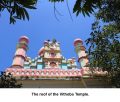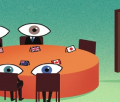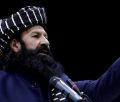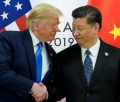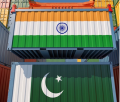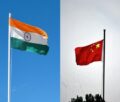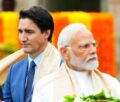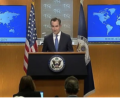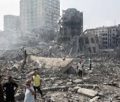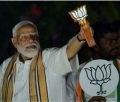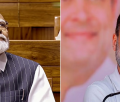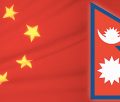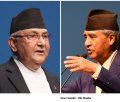Islamabad fiddles while Karachi burns

Karachi is once again bleeding driven by a complex web of ethnic, political and social tensions. Essentially a turf war between rival political groups and the heavily armed groups linked to them, the current wave of violence is the worst the city has seen since 1995. In fact, history has repeated in Karachi; in the mid-1990s, both Pakistan People’s Party (PPP) and Muttahida Quami Movement (MQM) had formed the coalition government but their cadres fought in the Karachi streets which led to 3000 deaths. The latest bloodbath has claimed over 1200 lives so far. Though Para-military forces are deployed in the worst affected areas, there is no sign of violence abating.
 The trouble started after MQM walked out of the coalition on June 27, 2011 piqued by the PPP led federal government’s decision to postpone elections to the POK assembly from the two Karachi based seats under the refugee quota. Immediately after the split, battles erupted between “hard men” from both sides on the streets of Karachi pushing the City of Lights as Karachi is known to the verge of total chaos. To top it all, the local government system that was implemented by former military dictator Zia-ul-Haq in 1979, and the police system engineered by Lord Charles Canning, the first Viceroy of India, in 1861 were restored in the Sindh province apparently to make it difficult for MQM to function in Karachi, its traditional stronghold, and in the hope that such a move will help PPP consolidate votes in time for the general elections in 2014. Simultaneously, PPP formed an alliance with the erstwhile King’s party, Pakistan Muslim League (Quaid-e-Azam) or PML (Q) in Punjab.
The trouble started after MQM walked out of the coalition on June 27, 2011 piqued by the PPP led federal government’s decision to postpone elections to the POK assembly from the two Karachi based seats under the refugee quota. Immediately after the split, battles erupted between “hard men” from both sides on the streets of Karachi pushing the City of Lights as Karachi is known to the verge of total chaos. To top it all, the local government system that was implemented by former military dictator Zia-ul-Haq in 1979, and the police system engineered by Lord Charles Canning, the first Viceroy of India, in 1861 were restored in the Sindh province apparently to make it difficult for MQM to function in Karachi, its traditional stronghold, and in the hope that such a move will help PPP consolidate votes in time for the general elections in 2014. Simultaneously, PPP formed an alliance with the erstwhile King’s party, Pakistan Muslim League (Quaid-e-Azam) or PML (Q) in Punjab.
Though outwardly courageous and tactically smart, these moves reflect a deep sense of desperation instead of political confidence within PPP. For two reasons.
Firstly, although restoration of the old Commissionerate system and the Police Act of 1861 might hand PPP the levers of control over Karachi and undercut MQM’s influence; it will not help the party gain much political legitimacy to expand its vote bank in Karachi. If anything, it will further alienate the people of Karachi from participatory politics. This is so because the Commissionerate system divides the city into five districts – Karachi East, Karachi South, Karachi West, Karachi Central and Malir that will be run by Deputy Commissioners who run the show in some sort of a sub-provincial level of government. As a result, the system of district Nazims (Mayors) being responsible to elected local officials stands abolished in favour of a system that anoints federal bureaucrats from the powerful District Management Group (DMG) to rule the districts. In contrast to this, the repealed Police Ordinance 2002 and the Local Governance Ordinance 2001 gave local elected representatives higher degree of autonomy to run the city as a single unit without much interference from the provincial government.
 All this basically means that the PPP will be able to appoint its own chosen nominees in Karachi directly from Islamabad and thus pump prime its electoral chances. But PPP’s turf area is rural Sindh and not urban Sindh, certainly not the Karachi city of 18 million people. So much so, PPP is unlikely to gain from its deliberate acts of undermining democracy in order to quench its thirst for victory at the 2014 ballot. Yes, it does get the satisfaction for having settled scores with the MQM, which is determined to strike back with full vengeance. It means Karachi will bleed profusely.
All this basically means that the PPP will be able to appoint its own chosen nominees in Karachi directly from Islamabad and thus pump prime its electoral chances. But PPP’s turf area is rural Sindh and not urban Sindh, certainly not the Karachi city of 18 million people. So much so, PPP is unlikely to gain from its deliberate acts of undermining democracy in order to quench its thirst for victory at the 2014 ballot. Yes, it does get the satisfaction for having settled scores with the MQM, which is determined to strike back with full vengeance. It means Karachi will bleed profusely.
Secondly, PPP has no support base in Punjab, despite its alliance with the PML –Q, whereas the PML-Nawaz has a strong presence across the province with a solid vote bank. PML-N leader and former Prime Minister Nawaz Sharif is clamoring for early elections. He is demanding polls before March 2012 itself (instead of 2014). If his wish gets fulfilled (the possibility cannot be ruled out), the PPP might have to pack its bags two years earlier than scheduled. Already, Sharif has opened doors of his party to estranged former allies as well as Islamist rivals like the Jamiat Ulema-e-Islam (JUI) and of course, the MQM.
It is not a coincidence that Punjab Senator Ishaq Dar of the PML (N) rushed to Karachi and Shahbaz Sharif went to London to meet Altaf Hussain, MQM leader-in-exile, to bring MQM in Nawaz’s fold. Also, in spite of the “tough” and “religious” sounds being made by Munawar Hussain of the Jamaat-i-Islami (JI) and Imran Khan of the Pakistan Tehreek-i-Insaf (PTI), the possibility of these parties getting along the PML (N) simply to kick the PPP-led government out, is very much a possibility. Add to this the discontent and alienation being felt by the masses and the fact that the credentials of PPP to govern effectively have taken a severe dip over the last three years.
It is these unfolding developments on the national scene that are complicating the tangled Karachi web. Hundred of workers or sympathizers of PPP, MQM and Awami National Party (ANP) have become victims of targeted killings in the city, which is also home to terrorist outfits of all hues. As The Economist (London-August 27) says, “a grisly new feature of the carnage in Karachi is that people are not just being shot. They are being abducted and tortured; then their bullet ridden bodies are dumped in socks and left in alleyways and gutters. Victims’ limbs, genitals and heads are often severed. Tortured cells operate across Karachi. The butchery is filmed on mobile phones and passed around, spreading the terror further.”
In the immediate to short run, the looser is the Pakistani exchequer. Karachi contributes 70 percent of the Pakistan government’s revenue, and 95 percent of the Sindh provincial government. As much as 80 percent of Pakistan’s exports pass through Karachi port. A shut down of the city due to violence translates into a loss of over two billion (Pakistani) rupees in terms of customs duty and other levies in a single day.
Tracing the origin of the recent killings, Pakistan columnist Shaheryar Mirza said “since 2007, thousands of people have entered Karachi, particularly arriving from Khyber Pakhtunkhwa province from Afghanistan. Another factor impacting the situation in Karachi is the influx of Taliban militants which has increased over the years. The ANP says that its workers are being targeted by MQM – a charge denied by MQM, which claims that the Taliban militants among the Pashtun population are targeting its (MQM) activists in a bid to extend their control of the city. Interior Minister Rehman Malik has claimed that peace will be restored within two days; MQM Chief Altaf Hussain has spoken of genocide, of discrimination against Mohajirs and asked the people of Karachi to store the ration for a month. Blaming the government for the frequent breakdown of law and order in Karachi, he said that he would ask the Pakistan President, the PM and CM of Sindh to stop ‘official patronization of Liyari gang, land mafia and criminal elements’. It appears that history has repeated in Karachi where as in the mid-1990s, both PPP and MQM formed the coalition government but they fought in the Karachi streets which led to the killing of 3000 people during ‘Operation Clean-up’”.
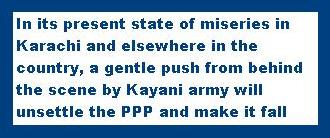 What is happening now is that militants belonging to ANP and other Liyari gangs as also Haqiqi groups which were routed in the 1990s are trying to raise their head, courtesy the PPP government. Since the presence of Taliban militants is acknowledged by the rulers themselves, Karachi runs the greatest risk of Talibanisation. And as Professor Antiol Liven, of King’s College, London, warns in his just released book titled ‘Pakistan A Hard Country’, the Taliban terrorism will provoke the MQM into counter-attacks which will then trigger an all-out struggle, “in which the Taliban will replace the ANP as leaders of the local Pathans, and the MQM will use this Talibanisation as an excuse to reduce the Pathans to a completely subordinate status”.
What is happening now is that militants belonging to ANP and other Liyari gangs as also Haqiqi groups which were routed in the 1990s are trying to raise their head, courtesy the PPP government. Since the presence of Taliban militants is acknowledged by the rulers themselves, Karachi runs the greatest risk of Talibanisation. And as Professor Antiol Liven, of King’s College, London, warns in his just released book titled ‘Pakistan A Hard Country’, the Taliban terrorism will provoke the MQM into counter-attacks which will then trigger an all-out struggle, “in which the Taliban will replace the ANP as leaders of the local Pathans, and the MQM will use this Talibanisation as an excuse to reduce the Pathans to a completely subordinate status”.
Several other factors are also at play accentuating the problems of Karachi and the miseries of PPP. Rapidly deteriorating Pakistan-US relations, confrontation with the judiciary over various cases with a Supreme Court that is more confident and independent in its functioning than before, heightened tensions in Khyber Pakhtunkhwa and along the Durand Line, rising terrorist attacks all over the country with the army losing its charm among people as well as its own officers after PNS Mehran attacks and the US raid in Abbottabad, severe energy crunch,, unemployment and food inflation and a host of other factors will not make it any easy for the already cornered PPP-led government to survive the political storm in waiting. Just a gentle push from behind the scenes by the Kayani army will unsettle the PPP and make it stumble and lose the crown.
*The writer is a columnist on South Asian Affairs
-
Book Shelf
-
 Book Review
DESTINY OF A DYSFUNCTIONAL NUCLEAR STATE
Book Review
DESTINY OF A DYSFUNCTIONAL NUCLEAR STATE
- Book ReviewChina FO Presser Where is the fountainhead of jihad?
- Book ReviewNews Pak Syndrome bedevils Indo-Bangla ties
- Book Review Understanding Vedic Equality….: Book Review
- Book Review Buddhism Made Easy: Book Review
- Book ReviewNews Elegant Summary Of Krishnamurti’s teachings
- Book Review Review: Perspectives: The Timeless Way of Wisdom
- Book ReviewNews Rituals too a world of Rhythm
- Book Review Marx After Marxism
- Book Review John Updike’s Terrorist – a review
-
-
Recent Top Post
- Commentaries Record Pentagon spending bill and America’s hidden nuclear rearmament
-
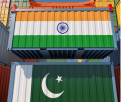 CommentariesNews
Ides of trade between India and Pakistan
CommentariesNews
Ides of trade between India and Pakistan
-
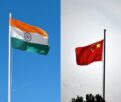 Commentaries
How sustainable is the rhetoric of India-China Bhai-Bhai
Commentaries
How sustainable is the rhetoric of India-China Bhai-Bhai
-
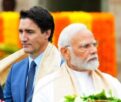 CommentariesTop Story
New Set of Diplomatic Strains with Canada
CommentariesTop Story
New Set of Diplomatic Strains with Canada
-
 News
Ratan Tata’s Legacy
News
Ratan Tata’s Legacy
-
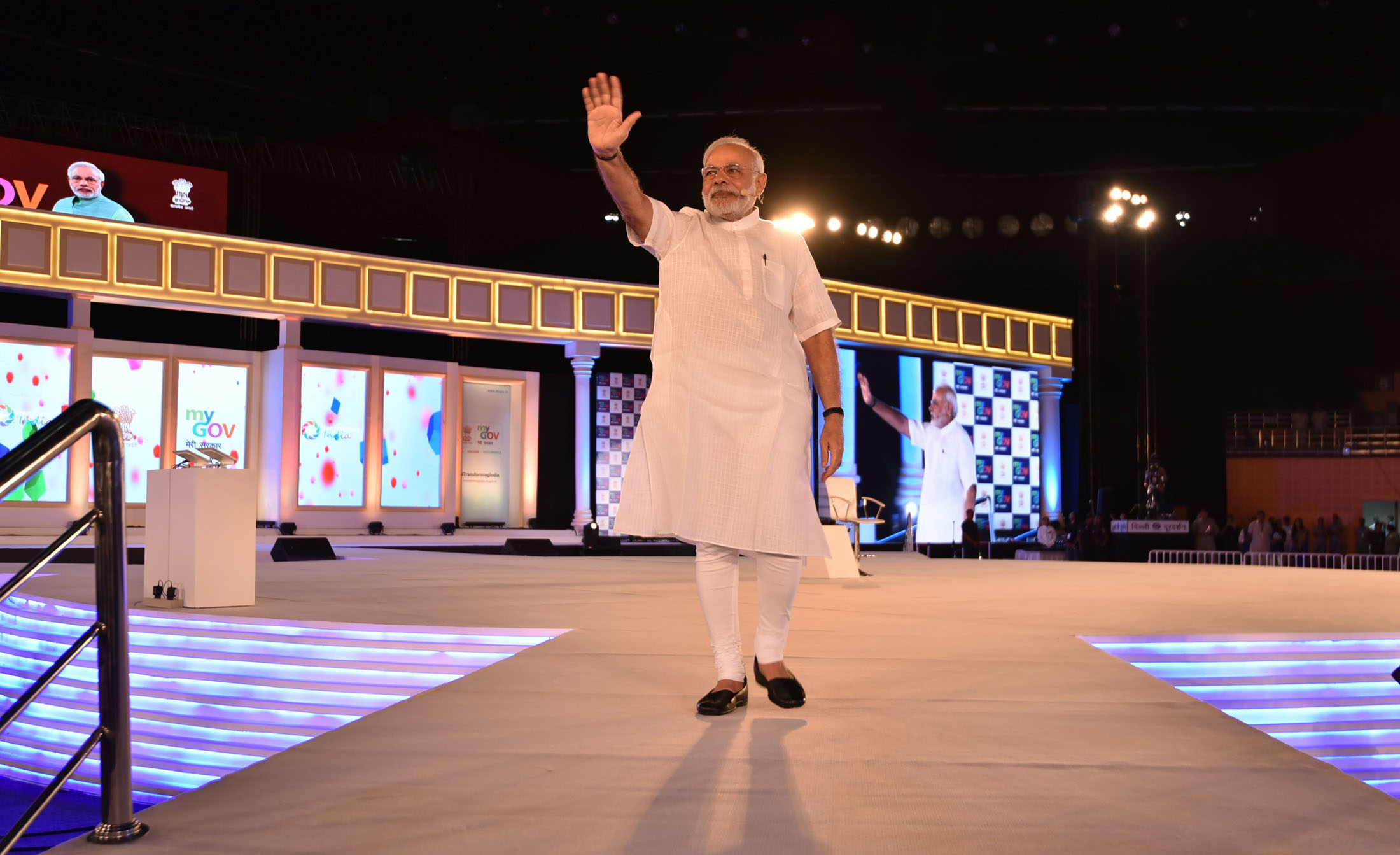 Commentaries
India’s Strategic Push on the World Stage
Commentaries
India’s Strategic Push on the World Stage
- Commentaries Veils of Resistance
- Commentaries Ensuring Safety for Women Healthcare Workers
-
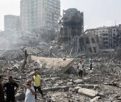 CommentariesTop Story
Palestinians at the cross- roads
CommentariesTop Story
Palestinians at the cross- roads
-
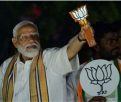 CommentariesTop Story
While Modi professes concern for the jobless, “his government’s budget escalates class war”
CommentariesTop Story
While Modi professes concern for the jobless, “his government’s budget escalates class war”
AdSense code


